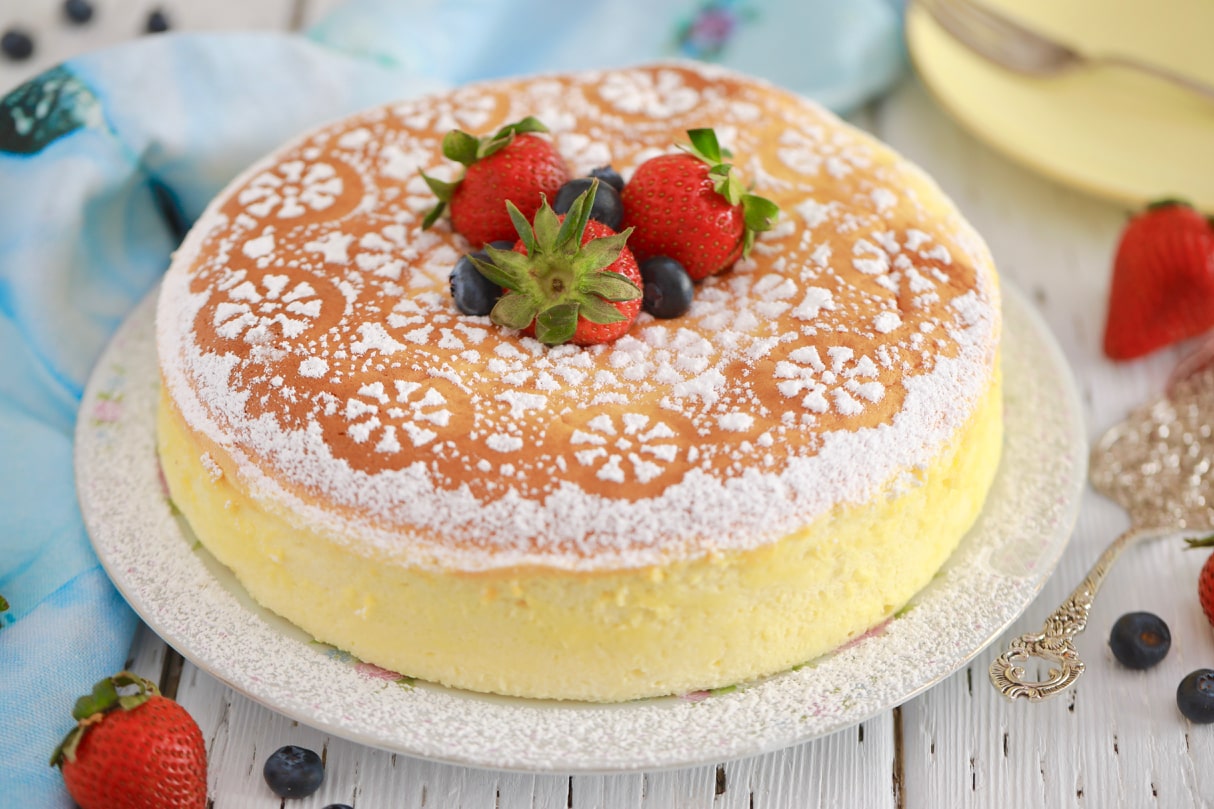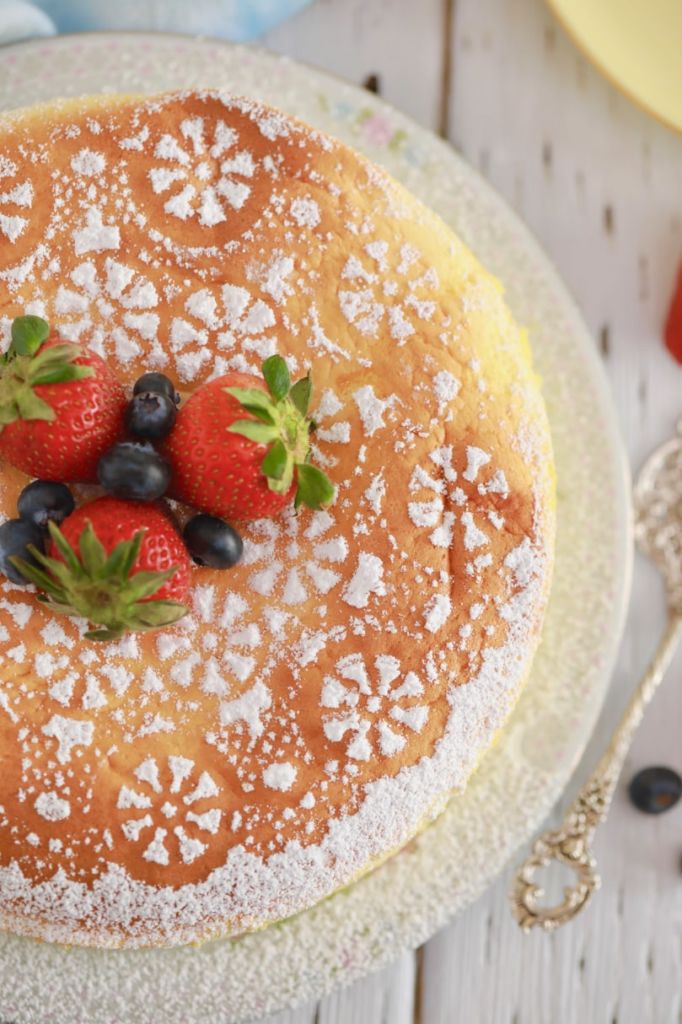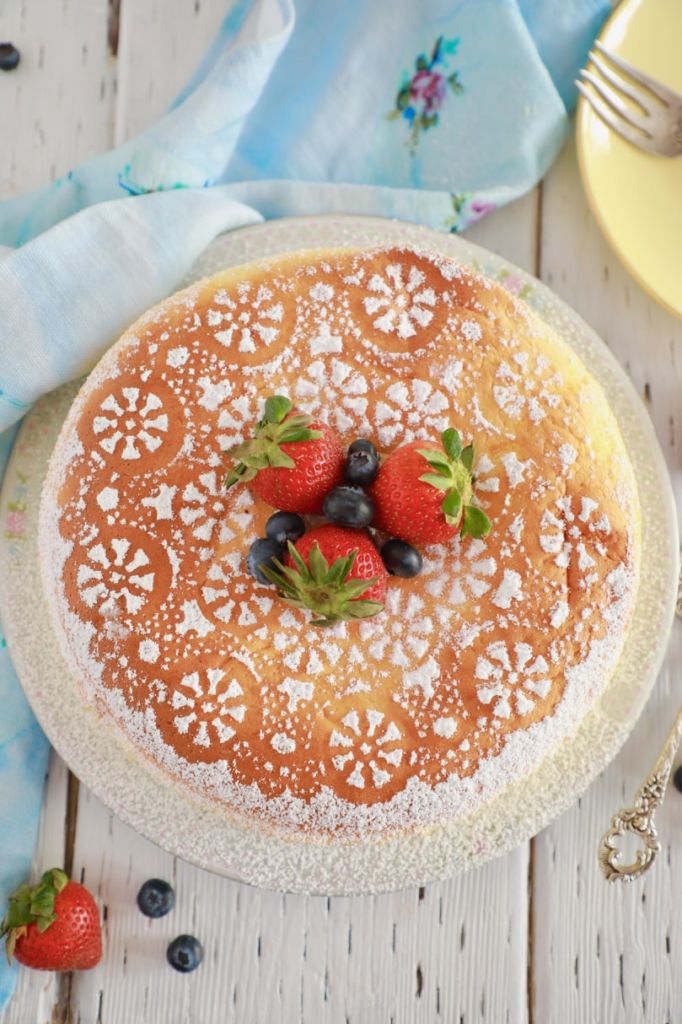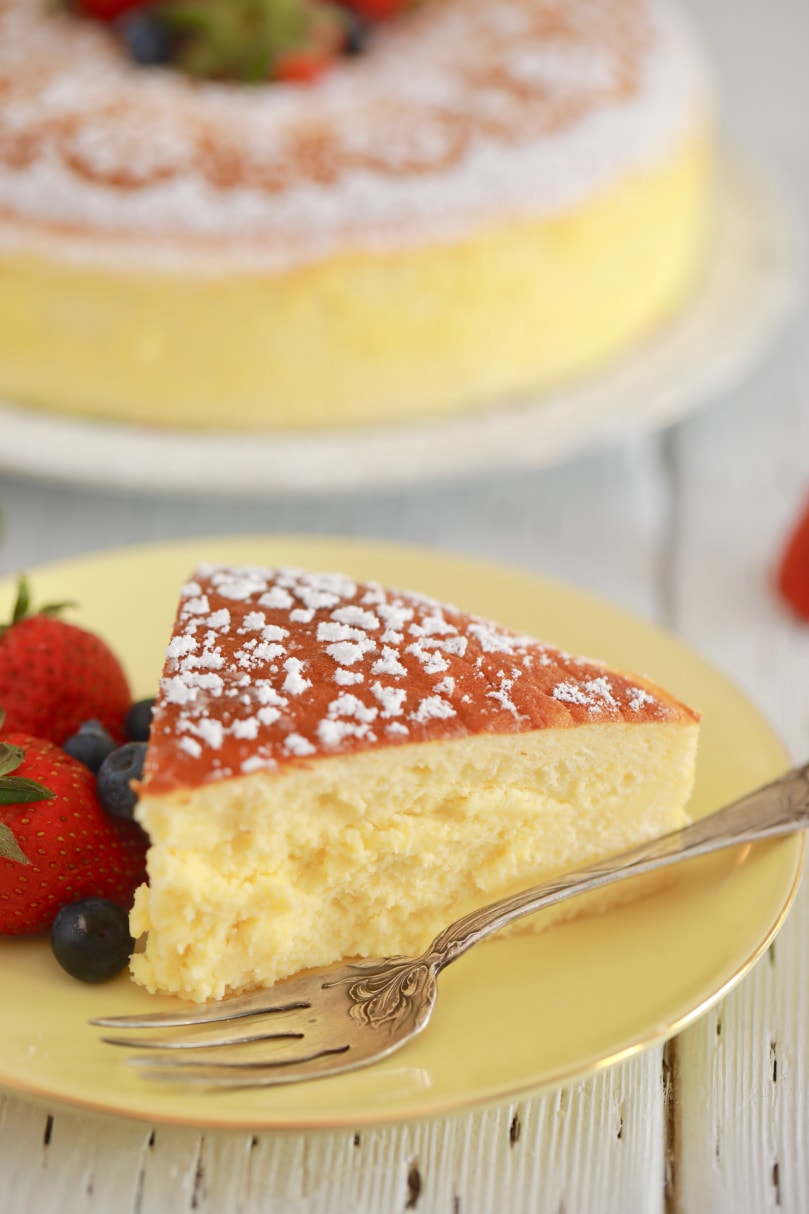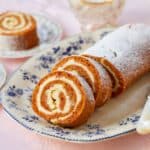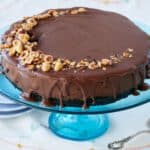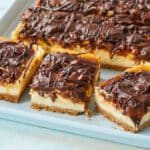Hi Bold Bakers! Whatever you know and love about cheesecake is about to change after you try my Japanese Cheesecake recipe! Think cheesecake but with the volume on high. Think “not just impressive,” but pro level. Think rich, creamy taste and light fluffy texture, but to the absolute max. Already have an account?
What is Japanese Cheesecake?
Japanese bakers have refashioned one of my most beloved desserts and somehow made it even better. Japanese Cheesecake (otherwise called a “Japanese cotton cheesecake” or “jiggly cheesecake”) maintains the same tangy sweetness of the popular American dessert but is known for its signature ultra-fluffy texture and custard-like wobbliness.
What makes this cheesecake jiggly?
The not-so-secret secret to my fluffy cheesecake is plain ol’ meringue. Yep, you read that right. Instead of mixing whole eggs into cream cheese, sugar and heavy cream, separate your eggs and whip the them into a glorious glossy meringue. Just at the point when your meringue is done, gently fold it into your warm mixture of melted cream cheese, eggs, sugar, flour, milk and cornstarch. This introduction of the meringue into the cheesecake mixture adds loads of structure and air into your Japanese Cheesecake. Through the baking process, the meringue will set into a tall and fluffy cake that requires no crust, no special toppings, and no bells and whistles. My cheesecake is that impressive on its own!
How to avoid a cracked cheesecake
While this recipe is truly fool-proof, I understand that these steps may be a bit of a departure for those that are used to American cheesecake recipes. That being said, here are things you can do to ensure your Japanese Cheesecake comes out perfectly every time:
First off, LIBERALLY grease and line your tin as this will ensure you can get the delicate cheesecake. Secondly, it’s essential that you make sure to properly make the meringue mixture to give the cheesecake its texture. The next thing you need to do to buy insurance is baking the cheesecake in a water bath. This means baking the cheesecake in a large tin with boiling hot water.* Water creates steam around the cake, keeps it super moist, and helps it rise like a souffle – this is exactly what you want. The baking temperature plays a really important role. In the instructions for this recipe, I explain that you start the cheesecake at 400 degrees then lower to the temperature 320 degrees after 18 minutes. It is vital to the success of this cheesecake that you do this exactly on time – definitely a step you’ll want to use your timer for! Precisely 12 minutes after lowering the temperature, turn off the oven and crack open the door. Leave the cheesecake in the oven for 30 minutes exactly. The purpose of this is to allow the baking process to stop gradually. Your cheesecake will continue cooking on the outside from the residual heat while the inside of the cake remains creamy and custard-like. This also ensures the top of the cheesecake doesn’t crack from the shock of the temperature change or from the moisture in the air that would be caused by taking it right out of the oven.
I promise that your Japanese cheesecake will look and taste like it was made by a pro if you follow all of these steps. Have no fear Bold Bakers, you’ve got this! For more incredible cheesecake recipes check out my:
No-Bake Strawberry Cheesecake 5-Minute Microwave Cheesecake Single-Serve No Bake Cheesecakes
